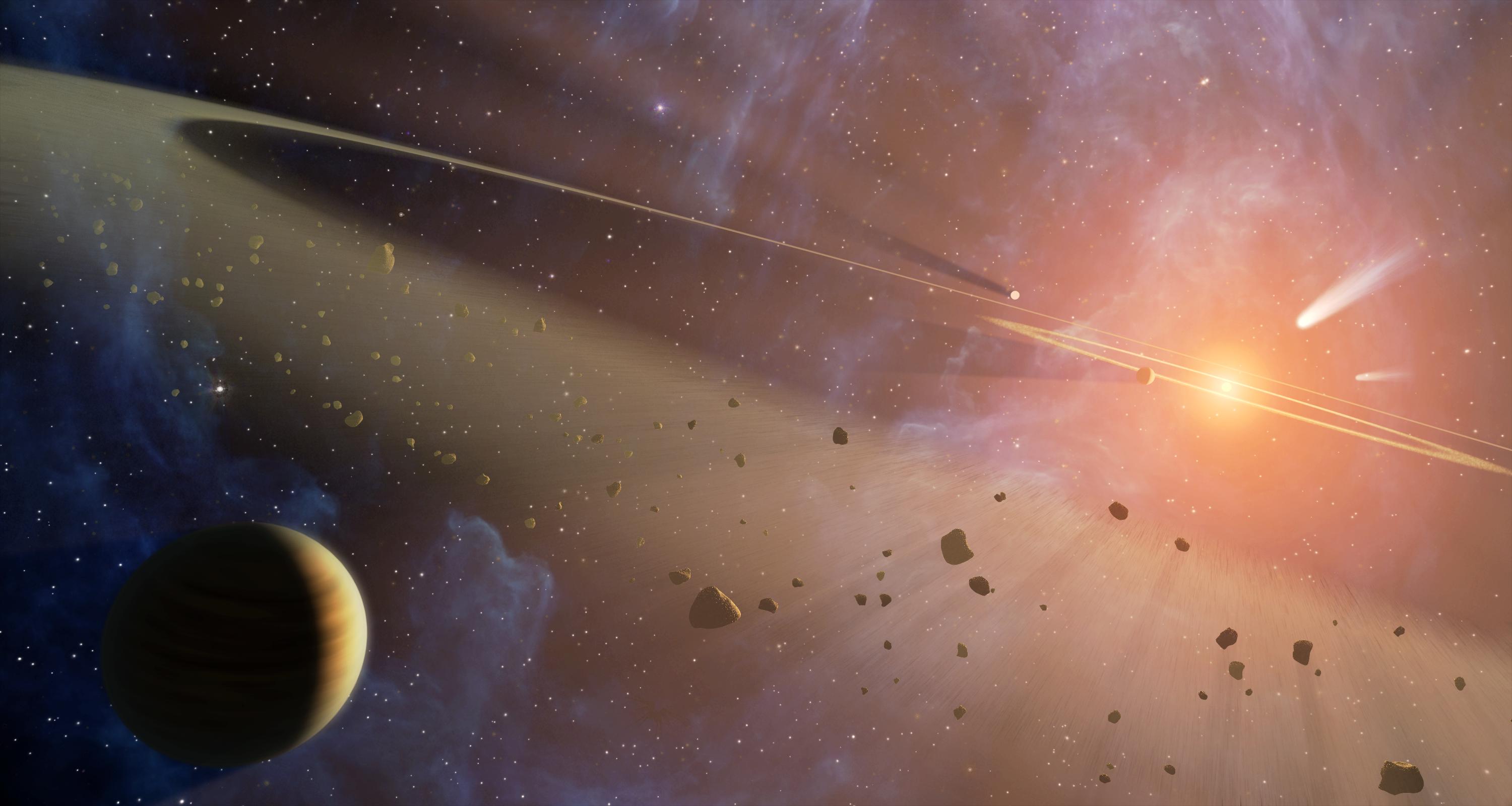AegonVI said
Very good point. And I'm hoping we get enough players to have three hubs in that case (Loyalists, Rebels, and Rogues)Loyalists - Turn back and head to Earth. If this RP lasts long enough, it would be neat to see how Earth reacts to their ships returning (though I'm sure contact would happen sooner)Rebels - Those supporting the coup and colonizing/conquering the habitable world.Rogues - Settles of Jovian like system.Also, I'd like to say that a personal requirement for me to settle my people on a world is that it have at least 1/3 Gravity (Mars range)
By hubs I simply meant areas of the system in which multiple players would choose to settle. I'd expect players of every ideological bent to land in each. Beyond Conquerers, Rogues, and those who leave the system, I'd also expect someone to try to help the natives, and possibly someone to peaceably settle on a semi-habitable world. I can't predict what others will do, though.
I am considering a reaction from earth as a later event in the story. That's far in the future, though.
EDIT: Also, this is the kind of ship I'm thinking of, minus the military outfitting and FTL drive.
And, last of all, goodnight all!
